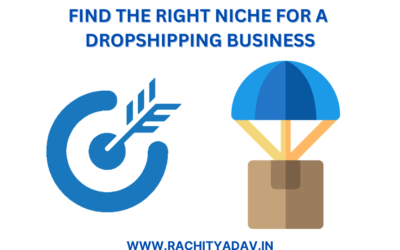Finding the right niche for a dropshipping business is challenging but dropshipping is a popular business model that...
e-commerce
How to Start a Dropshipping Business from Scratch
Dropshipping business is a popular e-commerce business model that allows entrepreneurs to sell products online without...
Attention All Creatives!
 Are you ready to turn your passion into a profitable venture? Introducing “Creative to Creativepreneur: The Ultimate Guide to Monetizing Your Skills and Talents”. This comprehensive guide will show you how to turn your creative ideas into a thriving business.
Are you ready to turn your passion into a profitable venture? Introducing “Creative to Creativepreneur: The Ultimate Guide to Monetizing Your Skills and Talents”. This comprehensive guide will show you how to turn your creative ideas into a thriving business.




